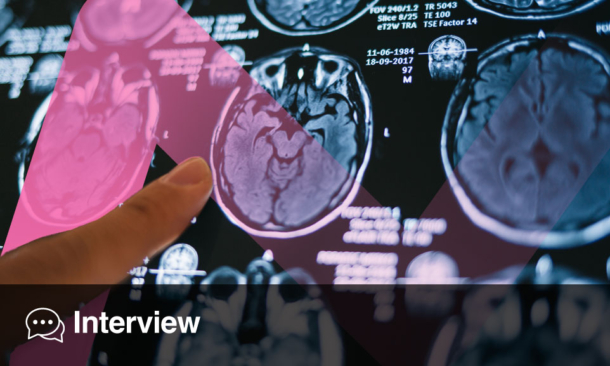SPACE: The final frontier. However, it seems that this frontier may not remain unexplored from a neurological standpoint for that much longer, with a recent study reporting on the changes to relative tissue volumes in the brains of astronauts. While, admittedly, for many of us, spending long periods of time (or indeed any time at all) in space is still the stuff of science fiction, such research is of interest to those astronauts who find themselves working in microgravity. As explained by one of the study’s authors, Prof zu Eulenburg, German Center for Vertigo and Balance Disorders, Ludwig Maximilian University of Munich, Munich, Germany: “This is actually the first study in which it has been possible to objectively quantify changes in brain structures following a space mission also including an extended follow-up period.”
Currently, it is known that spending a long period of time in space has an impact on the brain; however, it is not known whether these changes persist in the long term following a return to Earth’s gravity. Furthermore, it is unknown how the various tissues of the brain are affected by microgravity.
In order to investigate this issue, the researchers studied 10 cosmonauts. The cosmonaut’s average mission duration was 189 days. MRI was performed pre-mission, shortly following the mission (an average of 9 days post-mission), and at long-term follow-up (an average of 209 days post-mission; was performed in 7 cosmonauts). The short-term follow-up demonstrated a decrease in grey matter volume from baseline; however, much of this decrease was ameliorated by the time of long-term follow-up. For instance, the largest decrease in grey matter volume at short-term follow-up was a 3.3% decrease in the right middle temporal gyrus; this decrease was 1.2% from baseline at long-term follow-up. At long-term follow-up, it was found that the cerebrospinal fluid volume in the ventricles had returned to pre-mission levels, but the cerebrospinal fluid volume had increased in the entire subarachnoid space around the brain.
Speaking about the results, Prof zu Eulenburg commented: “However, whether or not the extensive alterations shown in the grey and white matter lead to any changes in cognition remains unclear at present.”







